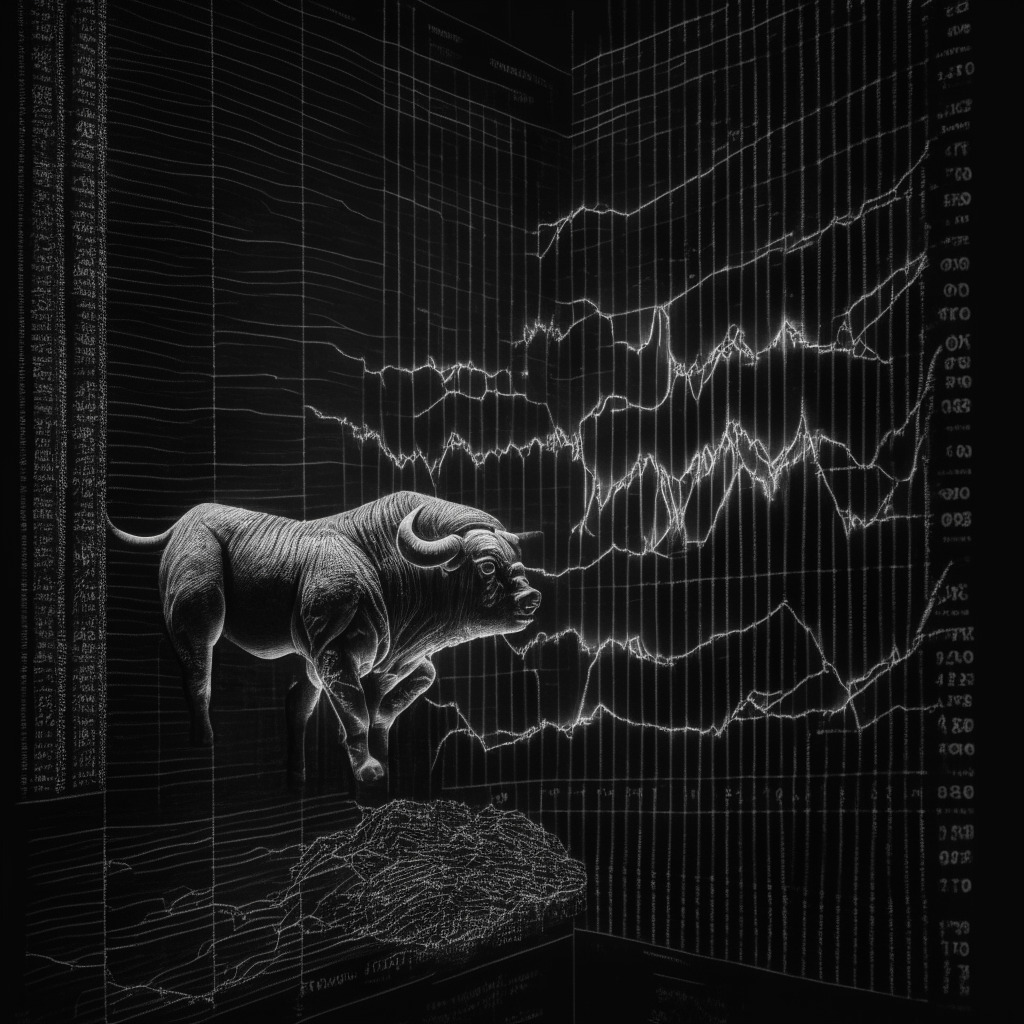Fresh data from the U.S. Bureau of Economic Analysis (BEA) paints a fluctuating inflation landscape in the United States, pointing to a decrease in the core personal-consumption expenditures (PCE) price index – the Federal Reserve’s chosen method for measuring inflation. The news arrives as investor unease increases over possible inflation-induced rate adjustments by the Federal Reserve. Comparingly to the revised 4.3% in July, the core PCE inflation index took a dip to 3.9% in August, a figure predicted by economists. The levelling off of the PCE increase under 4% was met with positive investor sentiment, reflecting in a 200 point uplift, translating to a 0.6% rise, in Dow Jones Industrial Average futures.
However, such optimism shouldn’t eclipse market sensitivity to potential monetary policy shifts, evidenced by jittery responses recorded a week after the Federal Reserve’s September 20 policy update. This anxiety is fuelled primarily by hints of rate hikes to keep inflation in check, spurring a stock price dive and an inflation of bond yields to above 4.6% – a peak unmatched since 2007.
Tom Essaye, Sevens Report Research’s founder, highlighted Federal Reserve Chair Powell’s classification of recent inflation reports as ‘good’ during the post-policy update press conference, while cautiously suggesting a wait-and-see approach. The August deflation in core PCE might be another ‘good’ report, relieving some worries around monetary policy implications.
Inflation indicators paint an interesting picture as the 0.4% inflation surge in August, motivated predominantly by essential needs like gas, housing, utilities, and medical care spending, mentioned in the PCE price index report. This spending departure from nonessential items like dining out, high-end clothing, or vacations, marks a shift in American consumer behaviour.
Moreover, swelling energy prices, largely fuelled by a 6.1% move from July in the price of West Texas Intermediate crude oil, the U.S. market benchmark, contributed heftily to a year-on-year 3.5% increase in the headline PCE – the highest since May.
To summarize, while the August core PCE inflation decrease provides temporary reassurance, it fails to clarify what lies ahead for the Federal Reserve’s monetary policy. Tussling with ascending energy prices and unresolved inflation uncertainties, the central bank is set for a balancing act in its contemplation of potential interest rate adjustments.
Source: Cryptonews




